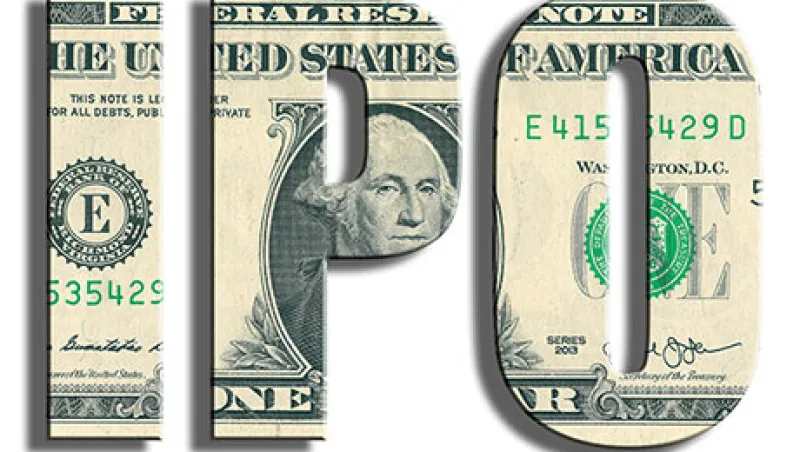Whereas the U.S. initial public offering market so far this year has been the quietest since 2009, activity has started to pick up. Market participants expect the rebound to continue in the coming months, with the stock market near record highs and moderate economic growth continuing, especially once the presidential election is out of the way.
Already, IPOs have shown signs of life, with eight deals priced at $1.2 billion coming to market last week, the strongest numbers since the week of June 22, 2015, according to Dealogic. The stocks produced an average first-day gain of 38 percent. Stocks in the 76 IPOs executed so far in 2016 have risen 35.2 percent on average since issuance, compared with a 4.1 percent advance by the Standard & Poor’s 500 index.
Those numbers are important for investors seeking strong returns, says Carter Mack, president of JMP Group, an investment banking and asset management firm in San Francisco. “The general performance of the U.S. stock market is good, and the U.S. economy has steady growth, making this one of the best places in the world to invest,” he says. “IPOs are showing real strength as a broad investment class. That’s the only place of outperformance.”
The biggest IPOs this year of U.S. companies include a $1.2 billion issue by Las Vegas–based real estate investment trust MGM Growth Properties; a $1.2 billion issue by Rosemont, Illinois–based US Foods Holding Corp.; a $719 million issue by Amsterdam-based contract pharmaceutical developer and manufacturer Patheon; and a $690 million issue by Las Vegas–based special-purpose acquisition company CF Corp.
So why has IPO activity been so muted for most of the year? First, there have been bouts of volatility in the stock market, which dropped more than 10 percent in the first six weeks of the year, and unsettling global events like Britain’s vote in June to exit the European Union.
Then there are more secular factors. Low interest rates make loans an attractive vehicle for private companies to obtain financing. Many private equity and venture capital funds are happy to provide capital as well. “So what’s the point of an IPO?” Yakov Amihud, professor of entrepreneurial finance at New York University’s Stern School of Business, asks rhetorically. “IPOs aren’t important in their own right; they’re a way for companies to raise capital. Now companies can raise capital in alternative ways.”
In addition, many private companies are able to sell themselves either to other companies or to private equity firms. “The fact that sellers have the ability to realize immediate liquidity at healthy valuations has some companies going the M&A route, rather than what can be a longer path to liquidity with increased market risk” through IPOs, says Michael Zeidel, a partner in corporate finance at New York law firm Skadden, Arps, Slate, Meagher & Flom.
The government created another incentive for more companies to stay private. The Jumpstart Our Business Startups (JOBS) Act of 2012 raised the threshold number of employees that would trigger a requirement for public reporting, to 2,000 from 500. “As a public company, you have a regulatory burden, a reporting burden, attacks by activist investors,” Amihud says. “Managers say, ‘Why do I want to do this?’”
Liquidity also has increased for private company shares. Private equity stakes can sometimes be sold in the secondary market. Platforms now exist for employees and investors to sell their shares. And some privately held companies are buying back their stock, giving investors and employees liquidity while reducing their share count. “That creates less pressure to go public,” Zeidel says.
But none of this represents a death knell for IPOs, market participants say. “The sky is not falling for IPOs,” Zeidel says. “While other paths to liquidity and alternative-financing arrangements are certainly attractive, IPOs are still one of the most exciting events in a company’s development and have many long-term strategic benefits.”
Plenty of IPOs are in the pipeline, analysts note, with 36 companies having registered for offerings over the past six months but not yet executed, according to Dealogic. Analysts expect strong activity until late October, when election concerns will quiet the markets. Regardless of the outcome, IPO activity should rebound until Thanksgiving and through the December holidays, they say.
And, says JMP Group’s Mack, “barring a market correction, 2017 looks good. It feels like next year could shape up much better.”
Get more on corporations.







